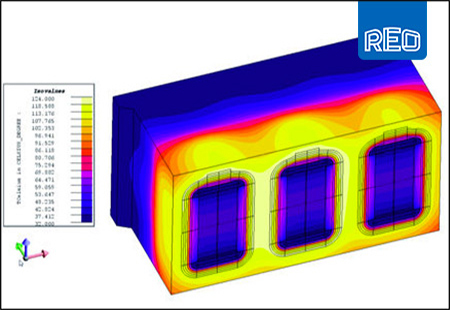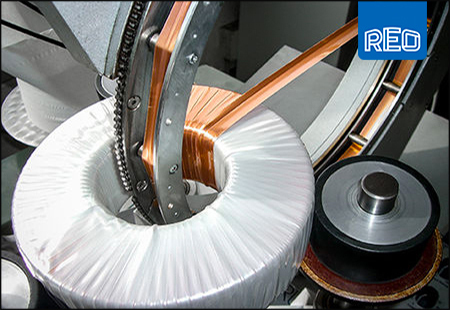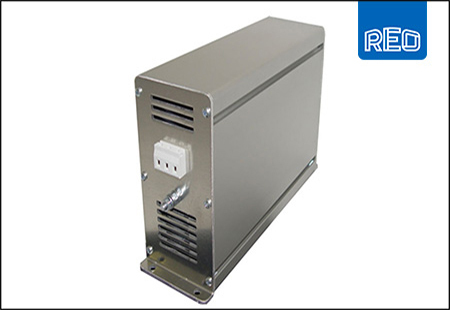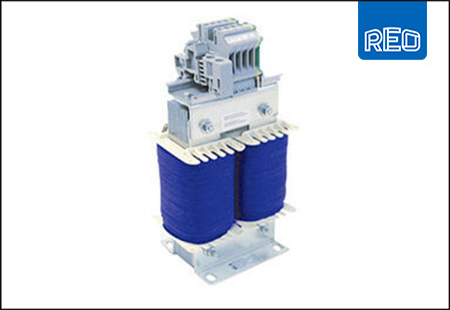Electric component crash testing
Virtual reality means much more than video games, as when purchasing an electrical device you’re invariably presented with a table featuring the part’s working parameters and operational limits. Discovering these limits takes a lot of testing, so can simulations simplify this process? Here, Steve Hughes, managing director of power quality specialist REO UK, discusses the details that go into simulating, stress-testing and prototyping electrical components.
If you buy a car in Europe today, you’ll find a European New Car Assessment Programme (NCAP) score featured prominently. This lets the customer know that the vehicle has been through an array of destructive physical tests and fulfils crash safety requirements. REO equipment facilitates similar tests, only on its electrical equipment.
For the physical aspect of testing and simulation, let’s follow a component as it traverses REO’s electronic proving ground.
Dividing wheat from chaff
The first step is the simplest to describe, but possibly the most important — safety and validity testing. Here, test voltages are applied to individual components of the device, such as any field windings, enclosure or bearing components, to ensure that the device has been manufactured correctly. These range from isolation tests that discover short circuits to running tests that ensure that any insulation is complete and of good quality, and quickly uncover devices that may be defective for any reason.
The next step is to ascertain the device’s operating limits and measure how those parameters change over time.
This is achieved by physically loading the device to approximate the device’s use case. For instance, a motor might be tested at high torques for heavy vehicles or robotics, or lower torques for ventilation fans.
It’s important to simulate the environment the device is expected to work in. This can include extremely high or low temperatures, submersion and even altitude. Any ingress, cold lubricant gelation or excess heat can quickly ruin performance and destroy components.
Running the electrical gauntlet
Now the electrical tests can begin in earnest. The REOLAB range of testing supplies makes this process simple.
Using REOLAB equipment, any electrical device can be thoroughly tested. The REOLAB 310, for instance, provides programmable output voltages up to 520 volts and is perfect for smaller testing laboratories that handle low to medium voltage devices. The range then steps up incrementally through higher and higher voltages up until the REOLAB 420, which is specially designed for the kilovoltage ranges required for testing the high-energy equipment found in electric rail, renewable generators and industrial power supplies.
The REOLAB supplies provide reliable current, frequency and voltage modes that provide the foundation for a plethora of investigative tests. Low-power modes and sudden shutdowns, for instance, can be easily and repeatably simulated to test the component’s performance in exceptional circumstances. Any other real-world supply scenario can be simulated, such as voltage transients and electromagnetic interference.
By providing repeatable, cyclable and reliable test supplies, every aspect of a component is laid bare. For a motor, these will include power factor, phase current, winding temperature gradients and the input to output power ratio. Other components might be tested for impedance, capacitance, reflected wave transients and electromagnetic compatibility, among many others.
This data then acts as a starting point for design engineers when designing equipment featuring these components. A part may fit the remit on paper, but when tested under its actual working conditions any number of external factors may affect the expected lifespan. It’s impossible to know for sure without actionable data drawn from repeatable tests, which the REOLAB range provides.
A view to the virtual
While REOLAB equipment is top of the class for simulating electrical conditions for testing and verification purposes, it often comes after an equally important first step — virtual simulation.
Virtual simulation of electrical devices is performed using cutting-edge finite-element simulation. Every component within a device is programmed into the simulation, combining data from material scientists including material hardness, conductivity, heat expansion and more to create an accurate computational facsimile of the device.
When an accurate facsimile is produced, it can then be put through thousands of virtual tests. These might include running the device for thousands of virtual hours to discover how constant running affects the device, while other tests like over-voltages and power failures can be repeatably performed to provide actionable statistics that are crucial in developing planned and predictive maintenance schemes.
The benefits of virtual simulation are considerable. Foremost is a significant reduction in the work, waste and time taken when prototyping parts. Running new designs through virtual proving grounds quickly uncovers any errors in design, while also highlighting areas where optimisations are possible.
REO operates a comprehensive virtual simulation system for its parts, which brings some fantastic advantages for REO and customers alike. Due to REO equipment finding itself all around the world, from frigid high-altitude mountains to scorching deserts, simulations work to ensure that the equipment is fully equipped to withstand these conditions. This drastically streamlines and simplifies design while also reducing prototyping costs, meaning equipment can be even more competitively priced.
These savings are then be passed to the customer, meaning everyone can get top-quality, fully tested equipment that has been through hundreds of hours of simulation, at a reasonable price.














